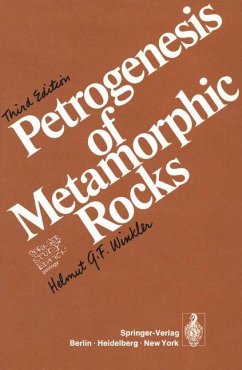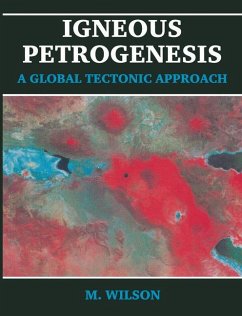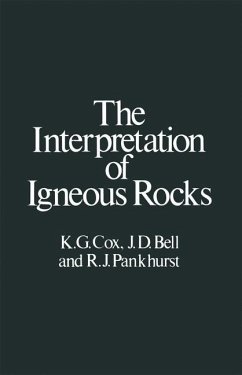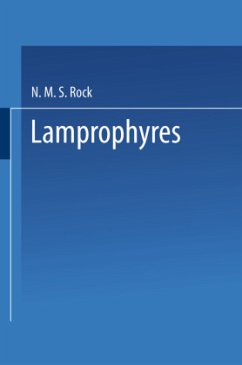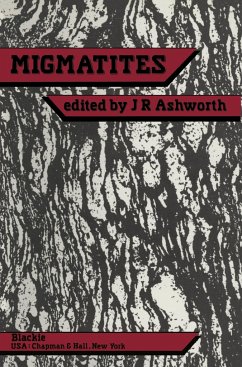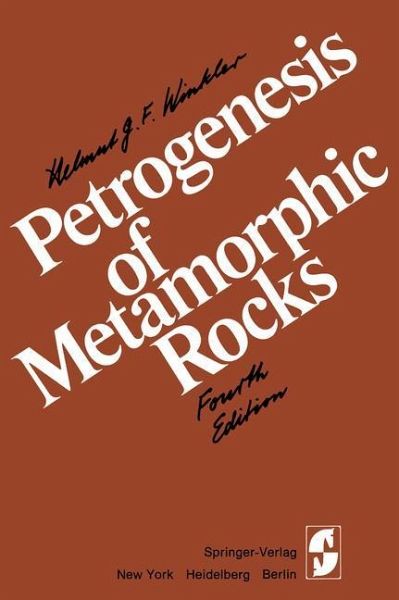
Petrogenesis of Metamorphic Rocks

PAYBACK Punkte
39 °P sammeln!
The first edition of this book was published in 1965 and its French translation in 1966. The revised second edition followed in 1967 and its Russian translation became available in 1969. Since then, many new petrographic observations and experimental data elucidat ing reactions in metamorphic rocks have made a new approach in the study of metamorphic transformation desirable and possible. It is felt that this new approach, attempted in this book, leads to a better unders tanding of rock metamorphism. The concept of metamorphic facies and subfacies considers asso ciations of mineral assemblages...
The first edition of this book was published in 1965 and its French translation in 1966. The revised second edition followed in 1967 and its Russian translation became available in 1969. Since then, many new petrographic observations and experimental data elucidat ing reactions in metamorphic rocks have made a new approach in the study of metamorphic transformation desirable and possible. It is felt that this new approach, attempted in this book, leads to a better unders tanding of rock metamorphism. The concept of metamorphic facies and subfacies considers asso ciations of mineral assemblages from diverse bulk compositions as characteristic of a certain pressure-temperature range. As new petrographic observations accumulated, it became increasingly difficult to accommodate this information within a manageable framework of metamorphic facies and subfacies. Instead, it turned out that mineral assemblages due to reactions in common rocks of a particular composi tion provide suitable indicators of metamorphic conditions. Metamorphic zones, defined on the basis of mineral reactions, very effectively display the evolution of metamorphic rocks. Thus the im portance ofreactions in metamorphic rocks is emphasized. Experimen tal calibration of mineral reactions makes it possible to distinguish reac tions which are of petrogenetic significance from those which are not. This distinction provides guidance in petrographic investigations un dertaken with the object of deducing the physical conditions of metamorphism.





